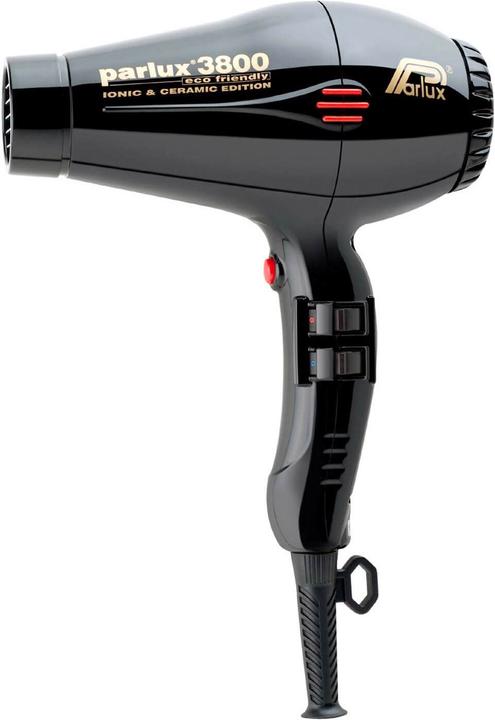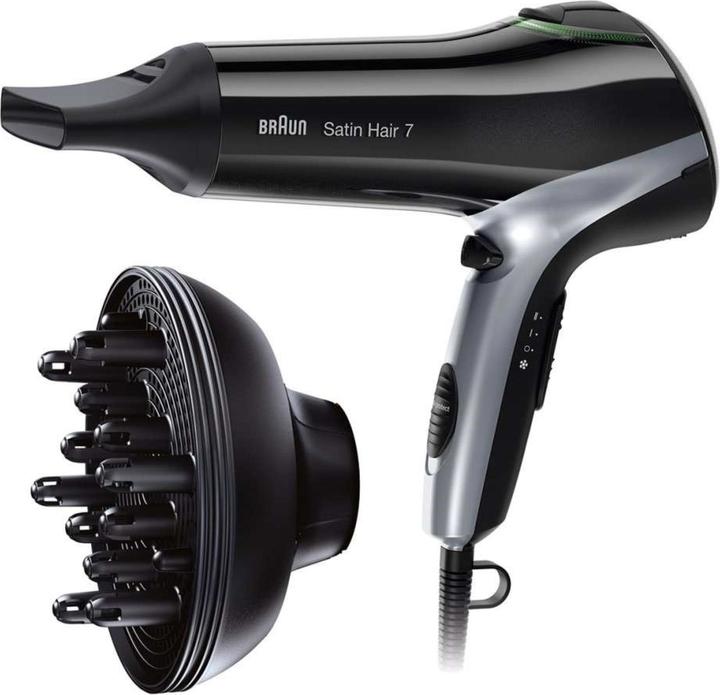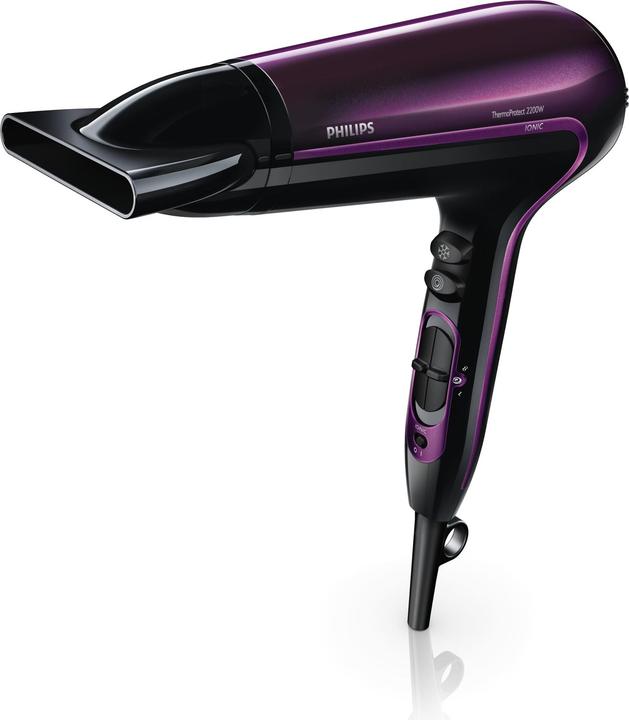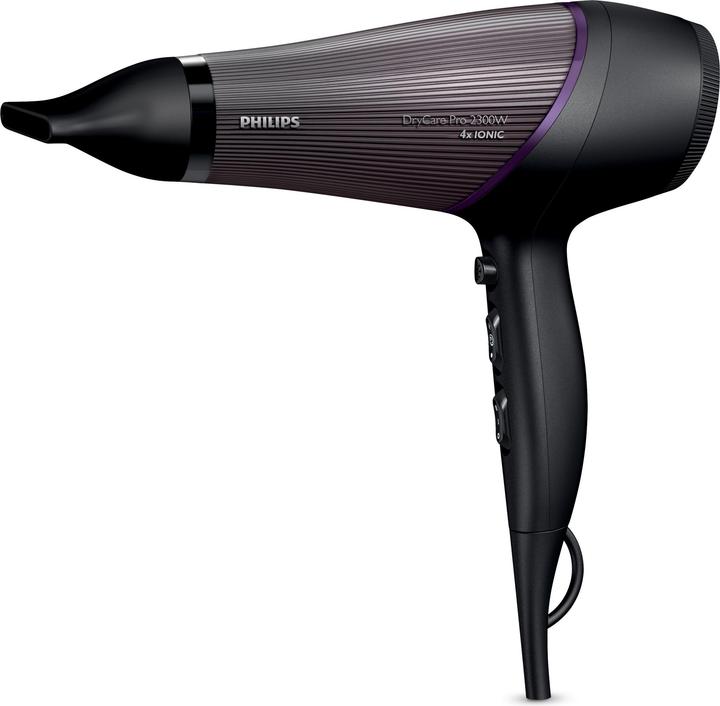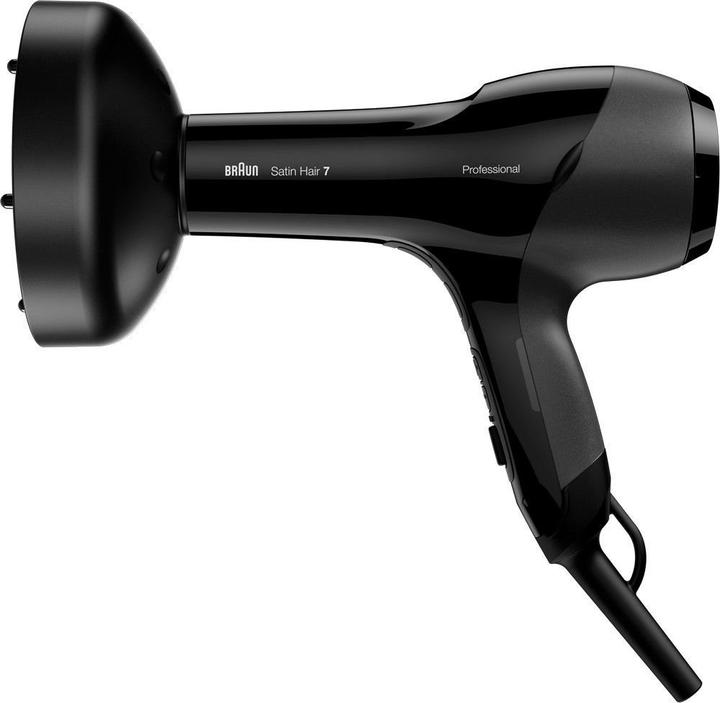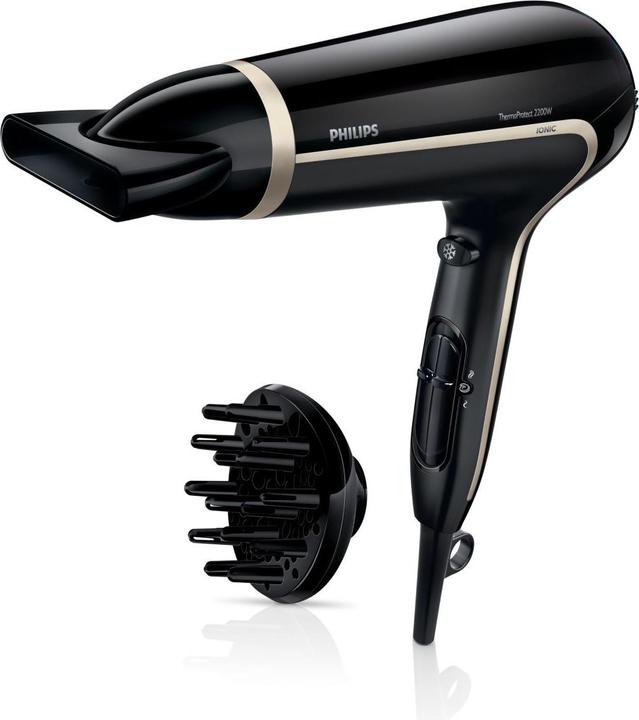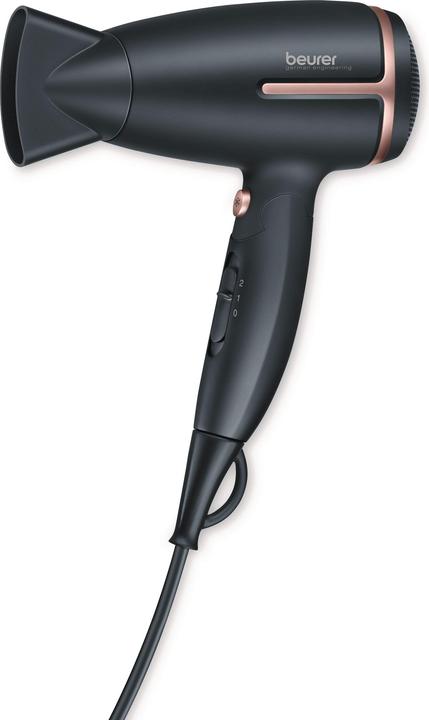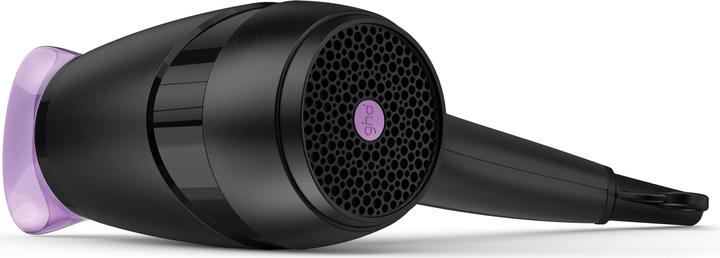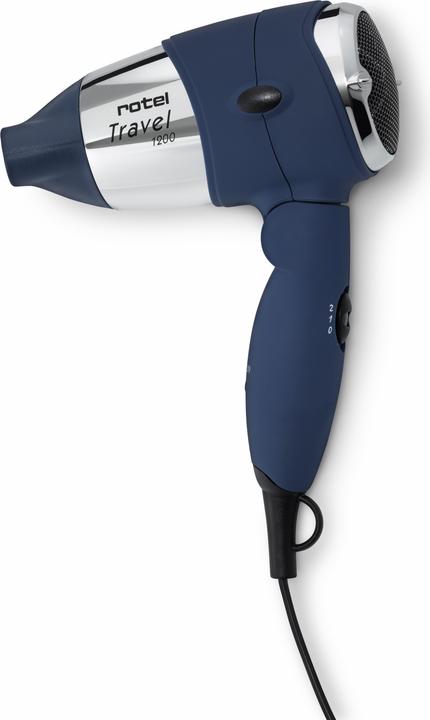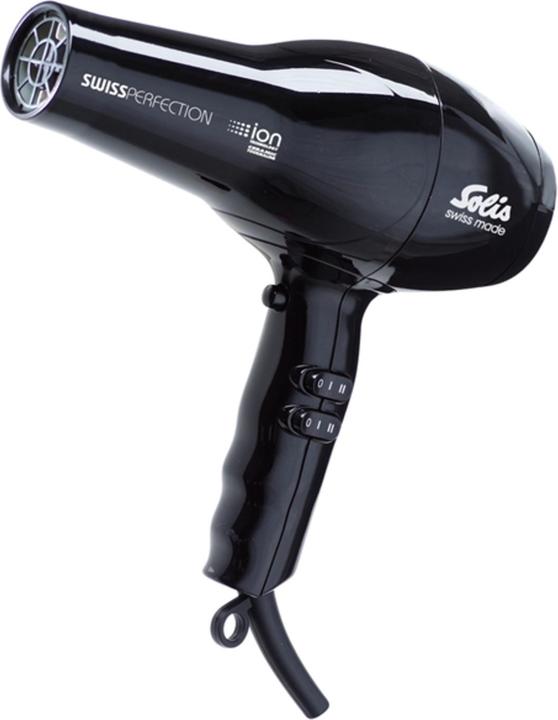
Hair dryers: Suitable models for every hair type
The selection of hair dryers is huge. The models differ in terms of price, quality and performance. The different functions are another important criterion. To give you an overview of the hairdryer jungle, we have put together a few tips for choosing below.
When I wander through our offices, I notice that all our employees have different hairstyles. From short to long, blonde to brown, straight or curly - it's all there. It's not just the hair types and textures that are different, but also the individual hair needs, such as care. There are specific models for individual needs in order to do the hair justice.
In principle, there are various ways to select a hairdryer. In the end, the decision is often made in favour of a device that offers high performance and a wide range of features and is available at a reasonable price/performance ratio. However, it would be advantageous to take a brief look at your hair before making a purchase. There are many good standard models for everyone's hair, but not every model will suit your needs or hair texture. We've listed the most important hair textures below to help you find the right hairdryer for you.
Condition
Long, thick hair
For long and/or thick hair, you need a powerful hairdryer. We recommend a professional hair dryer with an AC motor. These professional models are particularly durable and have a lot of power. Unfortunately, they are a little heavier, but this pays off with the speed with which your hair dries. The first two hair dryers with AC motors are ideal for your long or thick hair. But the right-hand Babyliss model with innovative EC motor is at least as powerful as AC models and also has integrated heat regulation.
Fine, thin hair
Heat protection is particularly important for fine and/or thin hair so that the hair is not overstressed. This means your hair dryer should not be set too hot. The first two models include this heat protection, but there are many other models that allow you to set different heat levels.
For more volume, a hairdryer that allows you to switch the ions on and off is ideal. The Philips model has this feature. Without ions, the hair is not as smooth, but the styling is a little more manageable. We generally recommend that you always dry with ions as it is healthier for your hair. But for special occasions, it can also be without.
Curly hair
We differentiate between thick and fine curly hair. The handling is as described above. For very wavy hair or an expressive head of curls, we recommend choosing a model with a volume diffuser (usually shown in the product image). The volume diffuser dries the hair in a healthy way, smoothes the hair and gives it more volume by distributing the airflow over the entire hair. It maximises volume, especially when used at the roots of the hair. Do you already have a hairdryer but not yet a diffuser? This accessory is suitable for most hair dryers and can easily be purchased as an add-on.
Dry, damaged hair
If you have dry and/or damaged hair, there are now models with heat protection, which increases the moisture content in the hair. Ionic technology also helps with this hair type. The hair is less statically charged and falls more beautifully.
Hair dryers suitable for travelling
Hotels and swimming pools often have "poor" hairdryers or even no hairdryers at all. We can help here too, as there are handy models with a retractable handle for travelling .
The innovation among hair dryers
The Dyson Supersonic has been a player in the hairdryer market since this year. The hairdryer not only differs from conventional hairdryers in terms of design - it is incredibly powerful, revolutionary and, thanks to the small motor in the handle area of no less than 27mm, it is designed completely differently to conventional hairdryers. To keep hair healthy, the intelligent glass bead sensor measures and regulates the temperature 20 times per second. The hairdryer distributes the heat accordingly and avoids temperatures above 100 degrees.
[[marketingpage:4419]]
What are ions?
When hair is electrically or statically charged, positive ions are involved. A normal hair dryer draws in air, heats it up and dries the hair. After drying, the hair is often statically charged and stands up. An ionic hair dryer also charges the atoms in the air it draws in negatively. This process is also known as ionisation. The new ionised air is then expelled from the hairdryer and ultimately ensures that the hair does not become statically charged during drying. The hair falls beautifully and normally no longer sticks out.
You may also be interested in these topics:
Discovering foreign countries and cultures and tasting coffee or other delicacies is what I enjoy most when I travel. My home is decorated with little gems I find in thrift shops and at flea markets. When I’m having one of my big DIY moments, my creativity is unleashed. Both the mountains and the seaside restore my inner balance. With a snowboard or surfboard under my feet, I’m happy.
